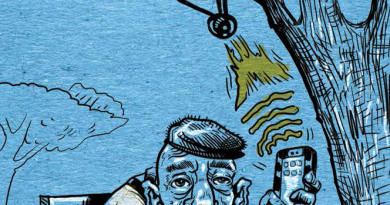When Science Fiction Becomes Reality
With constant growth in the field, mechatronics and the concept of robotic prosthetics pave the way into the future of medicine.
To most people, the idea of an electronic limb attached to a human body brings Terminator to mind. But functioning limbs for amputees are no longer a thing of science fiction—they are now science reality.
Government funding provided by the Defense Advanced Research Projects Agency (DARPA) fuels programs such as the Johns Hopkins University Applied Physics Laboratory (APL), which researches and creates the newest technologies in order to find practical uses for them.
Through the use of targeted muscle reinnervation, a procedure that reassigns nerves that once controlled a limb before it was amputated, researchers at the APL publish findings about having developed robotic arms containing 26 joints each and the ability to lift up to 45 pounds.
These arms are actually controlled by the person “wearing” them after their nerves have been reprogrammed and mapped to properly signal movements in the arms. One can think naturally and the device follows their commands.
On DARPA’s website, program manager Justin Sanchez, states that some of these prosthetics also permit a sense of touch. The reinnervation procedure allows for scientists to create nerve wirings by placing electrodes into two regions of the amputee’s brain: the sensory cortex, responsible for processes such as feeling pressure; and the motor cortex, which controls body movements. So, nerve signals are sent from the brain to the arm for functionality and also from the arm to the brain for restoration of the person’s sense of touch.
Although the prosthetics are not yet widely available outside of clinical trials, they mark a pivotal point in the history of biomedical engineering. They give hope to those who have lost limbs in accidents resulting in paralysis or through diseases such as cancer or diabetes.
Robotics began changing medicine with surgical instruments and imaging technology but is now changing the face of mankind as science fiction turns into government funded clinical trials.
Day after day, research in the field of mechatronics continues to defy our understanding of what is impossible. From robot dogs who respond to petting to robot security guards with 360-degree vision, new gadgets are borderline bizarre and plain genius.
Scientists have created operating hands, arms, legs and feet. It is only a matter of time until they are able to create hearts and lungs capable of supporting a healthy human body.




